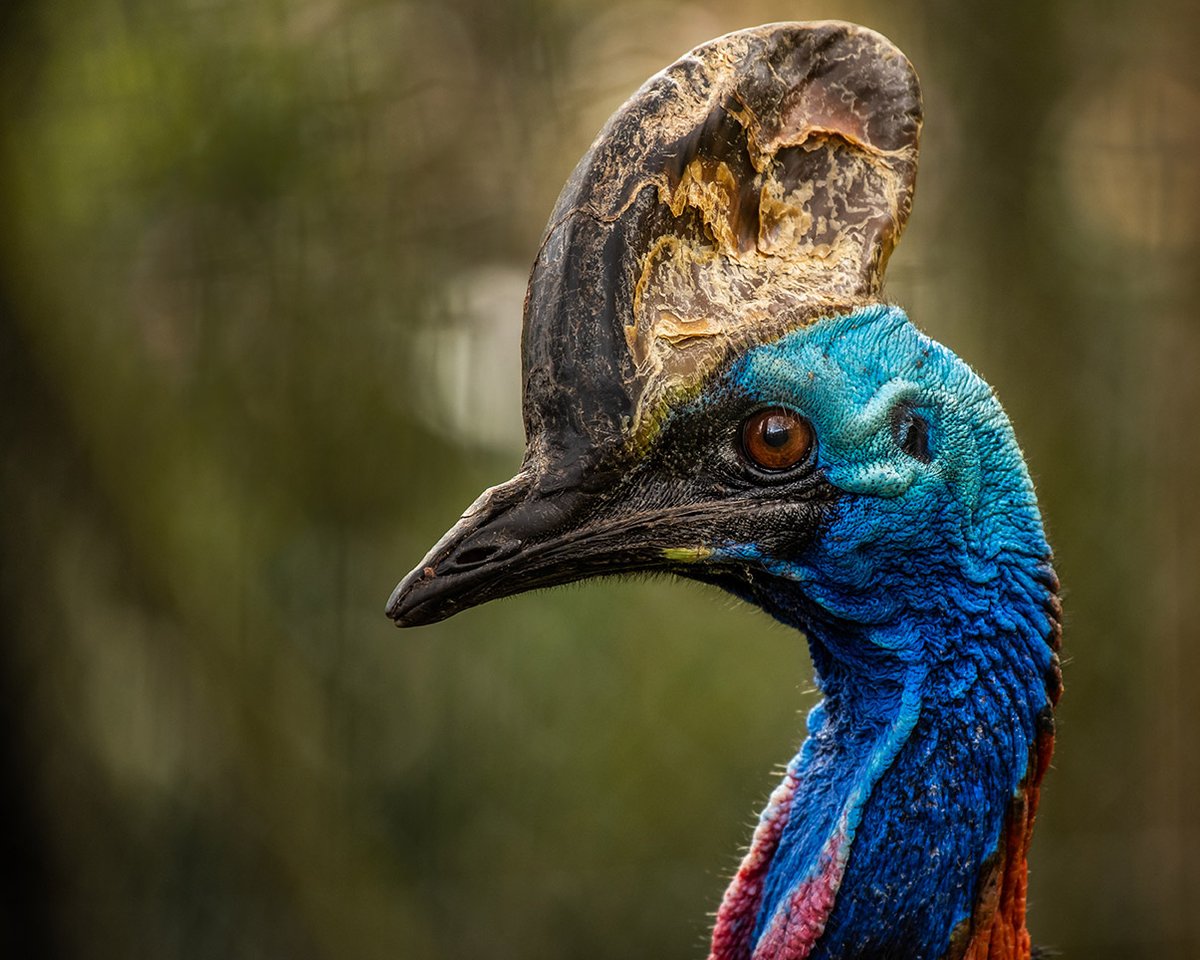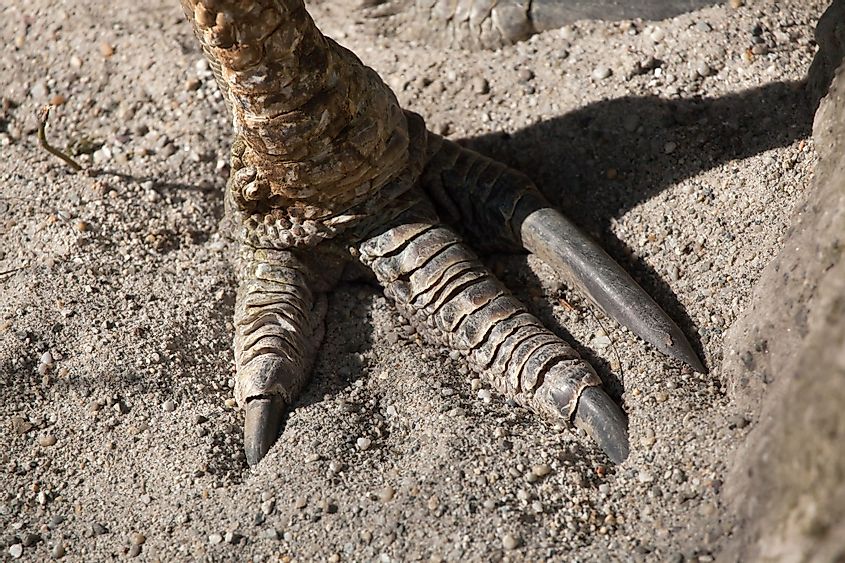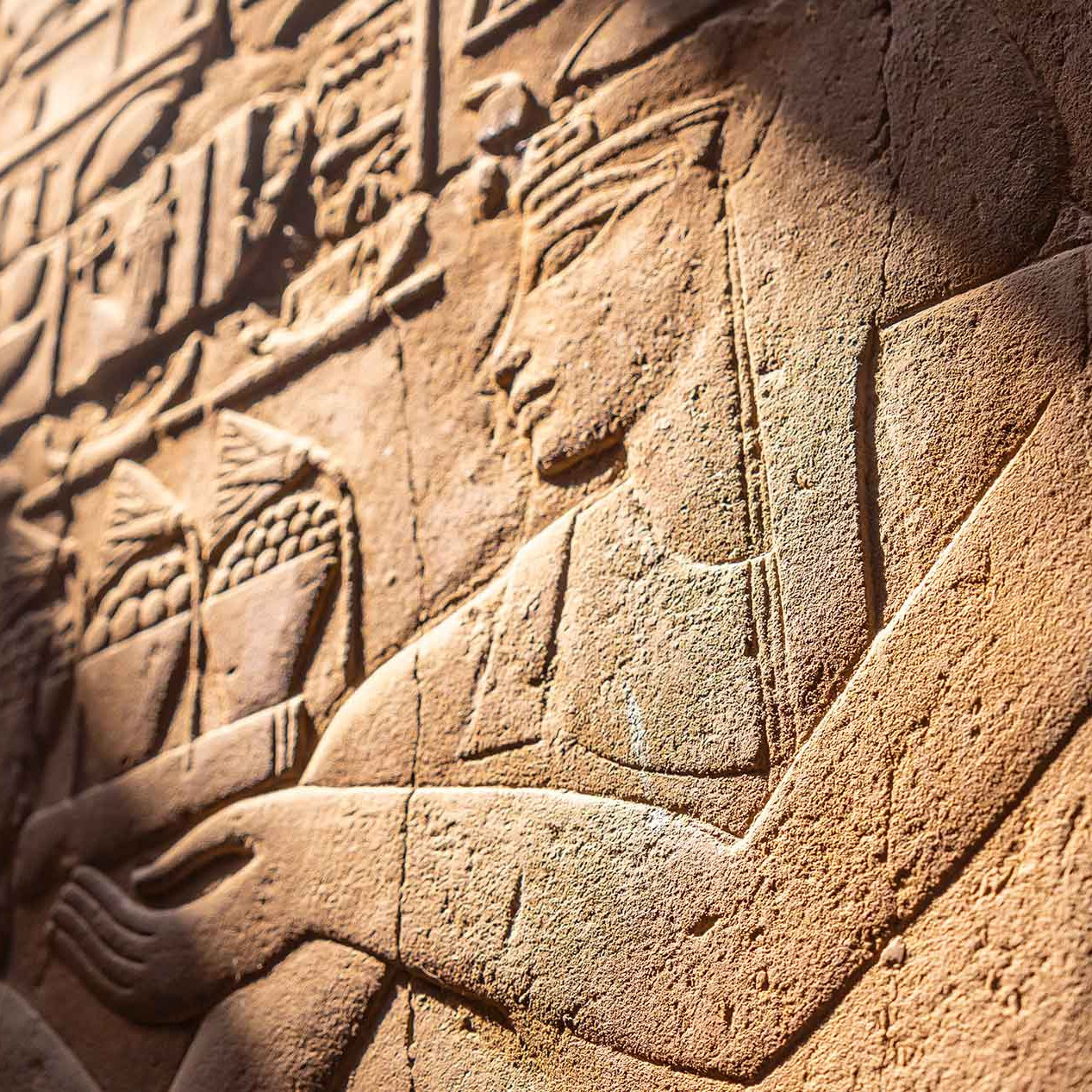The Cassowaries
Similar to their emu cousins but definitely more colorful, the Cassowaries are unique flightless birds that belong to the Ratites, one of the most ancient bird species in the world, presumed to exist since 65 millions ago.
Its unique look make them hard to confuse, thanks to its incredible black shining feathered body, its bright blue neck with two red wattles and a big corned head with a casque. They are the third largest bird species in the world, measuring up to 6.6 ft tall (2 m) and weighting as much as 132 pounds (60 kg).
What makes this bird so different is not just its looks, but its behavior as well. In the case of the cassowary, it is the male that hatches and raises the eggs and chicks, while the females seek out multiple partners for copulation. Additionally, they play a significant role in seed spread in the Wet Tropics region by consuming over 240 species of fruits. Some fruits rely on the cassowary to disperse their seeds through their dietary habits. (In case you haven’t realized yet, the cassowary accomplishes this by ingesting the fruit along with its seeds and later dispersing them within the rainforest through excretion).
It is estimated that there are only about 4,000 cassowaries remaining in the wild. There are three species of cassowaries, all native to the tropical forests of Southeast Asia and Australia.

Where to see cassowaries in the wild:
Cassowaries can be spotted in the wild throughout the rainforests, particularly in Australia. There is a good chance of encountering them in locations such as Girringun National Park, Barron Falls National Park, Daintree Region, Cape Tribulation, and the renowned ‘cassowary coast.’ The ‘cassowary coast’ includes Etty Bay, Bungalow Bay, and Mission Beach, where approximately 100 wild cassowaries are estimated to reside. If you check the small wooded area on Etty Bay, you are likely to see one!
These fascinating birds are often seen on roads and trails during the morning or afternoon, as they search for food or shelter.
Although cassowaries can be observed throughout the year, your chances of seeing them are higher in the summer, as this is when the chicks begin to forage for their own food under the supervision of their father.
Despite their intriguing appearance, it’s important to note that cassowaries are considered one of the world’s most dangerous birds. While they are not typically aggressive towards humans and rarely initiate attacks, they are highly territorial and often described as temperamental, particularly when they have chicks nearby.
If you encounter a cassowary, it is advisable to maintain a safe distance and move slowly and quietly to avoid drawing their attention. Cassowaries can cause severe injuries if they feel threatened, thanks to their three claw-tipped toes.










